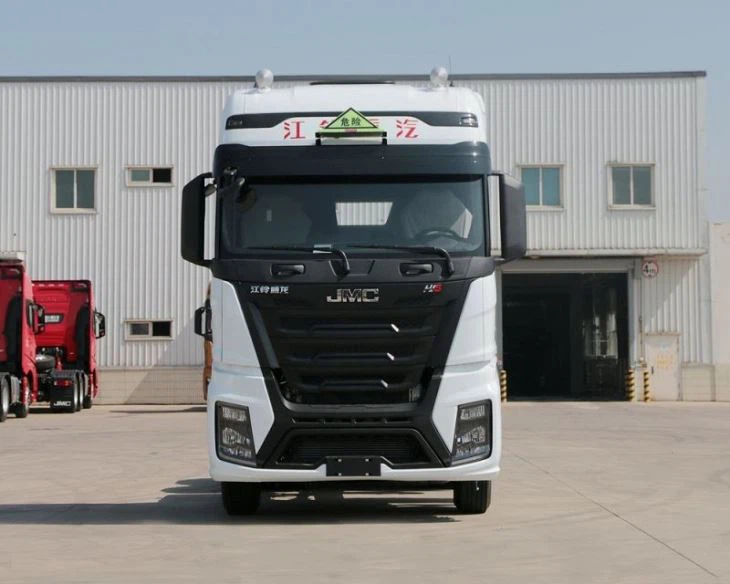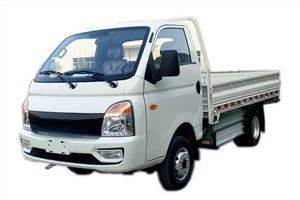Everything You Need to Know About Trash Truck Beds: A Comprehensive Guide

Introduction
The trash truck bed is a critical component of waste management vehicles, designed to collect and transport refuse to disposal facilities efficiently. Understanding how trash truck beds function, their design features, types, and maintenance requirements is essential for industry professionals and the general public alike. This article will provide an in-depth look at trash truck beds, offering practical examples, tips, and answers to common questions.
The Importance of Trash Truck Beds
Trash truck beds serve a vital role in waste management, making the collection process streamlined and efficient. They must be robust enough to handle heavy loads and designed for easy unloading. Their design ensures that transportation is safe for the driver, the public, and the environment.
How Trash Truck Beds Function
Trash truck beds work by collecting waste from designated areas and transporting it to waste management facilities. The hydraulic systems in these vehicles help lift and dump loads, making it easier for waste management workers to perform their duties. This section will explain the primary functions and mechanisms of trash truck beds.
Key Components of Trash Truck Beds
- Body: The main structure that holds waste.
- Hydraulic Lift: Used for raising and dumping the truck bed.
- Compaction System: Compresses waste to maximize space and reduce the number of trips.
Types of Trash Truck Beds

Understanding the different types of trash truck beds is essential for selecting the right one for specific waste management needs. Here are the main categories:
1. Rear-Loader Trucks
Rear-loader trash trucks have a mechanism that allows the waste to be loaded from the back. These are typically used in residential areas.
2. Side-Loader Trucks
These trucks feature a side-loading arm that picks up and empties bins into the truck. They are efficient for high-density commercial areas.
3. Front-Loader Trucks
Front-loader trucks are equipped with forks that lift commercial dumpsters. They are commonly found in industrial settings.
Table of Trash Truck Types
| Type | Best Use | Advantages |
|---|---|---|
| Rear-Loader | Residential | Cost-effective and easy to operate. |
| Side-Loader | Commercial | Minimized physical labor and increased speed. |
| Front-Loader | Industrial | Handles larger loads efficiently. |
Materials Used in Trash Truck Beds
Trash truck beds must be made from durable materials to withstand the rigors of daily use. Common materials include:
- Steel: Known for its strength and durability, often used for heavy-duty jobs.
- Aluminum: Lighter than steel, which can help improve fuel efficiency.
- Plastic Composites: Used for lighter loads and to reduce rust and corrosion.
How Material Choice Influences Performance
The material used in a truck bed affects its weight capacity, durability, and resistance to elements like rust or corrosion. For example, while aluminum may be more expensive, its weight efficiency can lead to cost savings in fuel.
Maintenance Tips for Trash Truck Beds
Regular maintenance is essential to extend the lifespan of trash truck beds. Below are some key maintenance tips:
1. Regular Inspections
Conduct inspections to identify any signs of wear or damage, such as rust or hydraulic leaks.
2. Cleaning
Keep the truck bed clean to avoid buildup that could lead to corrosion or damage.
3. Oil and Fluid Checks
Regularly check and replenish hydraulic fluid and engine oil levels to ensure the truck operates smoothly.
Innovations in Trash Truck Bed Design
The industry continuously evolves, embracing new technologies and innovations. Some current trends include:
1. Automated Systems
Automation in lifting and dumping mechanisms is reducing the need for manual labor and enhancing safety.
2. Advanced Compaction Systems
New compaction technologies allow for better waste compression, maximizing the vehicle’s load capacity.
3. Eco-Friendly Designs
Increasingly, manufacturers are focusing on eco-friendly materials and energy-efficient systems to reduce environmental impact.

Environmental Impacts of Trash Truck Beds
Trash truck beds have a significant environmental impact due to the waste they transport and the emissions from the vehicles themselves. However, with the adoption of eco-friendly practices, this impact can be mitigated:
Waste Separation
Many trucks now facilitate waste separation at the source, helping to divert recyclables from landfills.
Emissions Control
Innovations in engine designs and the use of alternative fuels are contributing to lower emissions during operations.
Choosing the Right Trash Truck Bed for Your Needs
Selecting the appropriate trash truck bed involves considering several factors:
1. Load Capacity
Identify the amount of waste you typically collect to choose a truck bed that can handle your load requirements.
2. Terrain

Consider the terrain in which you’ll be operating. Some trucks are better suited for rough or uneven ground.
3. Budget
Establish a budget that takes into account both acquisition and long-term maintenance costs.
Frequently Asked Questions (FAQs)
1. What is the average lifespan of a trash truck bed?
The average lifespan of a trash truck bed varies, but they can last anywhere from 10 to 15 years with proper maintenance.
2. How often should trash truck beds be serviced?
It is recommended to service trash truck beds every 6 months or when significant wear is detected.
3. Can trash truck beds handle liquid waste?
Most trash truck beds are not designed to handle liquid waste unless specifically engineered for such purposes.
4. What safety features should I look for in a trash truck bed?
Look for integrated safety systems, such as cameras for blind spots, backup alarms, and robust lifting mechanisms.
5. Are there any recycling features on modern trash truck beds?
Yes, many modern trash truck beds come equipped with compartmentalized designs to facilitate recycling and waste separation.
6. What should I do if I notice damage to my trash truck bed?
If you notice any significant damage, it is best to consult a professional for repairs to ensure safe operation.
